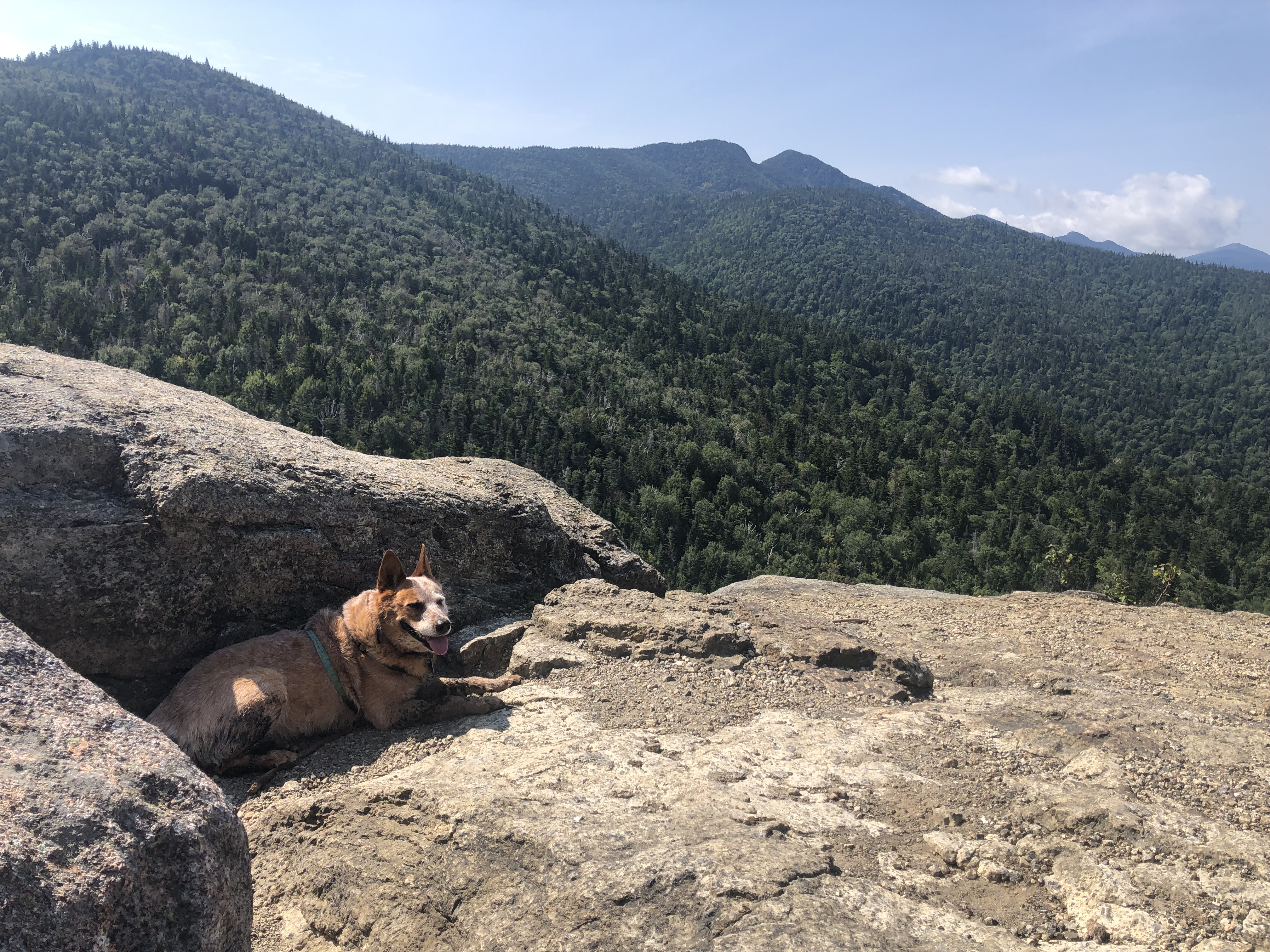My summer vacation took me to the Adirondacks. The park is 6.1 million acres (larger than its neighbor state of Vermont) and unique in that about 52% of the land is privately owned. Private land within the park is governed by Adirondack Park Land Use and Development Plan and is designed to cluster development to minimize impact. It’s a vast, beautiful, and wild area spotted with small quaint towns.

The state-owned lands are entirely forested, and the private lands aren’t much different. Needless to say, this is not a stronghold of agriculture.
When a deer biologist and a fanatical deer hunter go on vacation together, deer are often a topic of conversation. Every time we would travel past an open field or farm, the fanatical deer hunter would say “there should be some deer around here somewhere” and the deer biologist would respond “deer don’t need farms to exist on the landscape!”
In the 21st century, deer have become synonymous with agriculture. Some have capitalized on and fostered the belief that deer cannot make it without some sort of human enhanced landscape intervention which has given birth to an entire market: wildlife food plots.
But deer were living in those purple mountains long before modern man created those amber waves of grain. Yes, deer were just fine in North America before Columbus got lost, before the advent of the plow, and before the Whitetail Institute formulated 29 varieties of food plot seed mixes.
It’s not that deer don’t like the modifications humans have made. They don’t *need* them. Native Americans were manipulating the landscape to make it more appealing to deer long before Europeans arrived. Deer select for transition areas or edge between forest and openings. Those openings can be natural like prairie or created by fire or agriculture. Native Americans were doing both. By 1500, millions of acres had been cleared to plant maize and other domesticated plants and fires were regularly set to improve visibility and create grassy openings in the forest.
Estimates of pre-European settlement deer populations were 24 to 62 million animals. Present day deer populations fall within these bounds. In 1600, about half (46%) of the U.S. land area was forest which is about 13% more than we have today. If deer needed agriculture to exist, nobody told them.
Do deer like corn and soybeans? Sure. If someone offered you a steak dinner for free, would you say no? Better yet if someone came to your house and offered to cook you a steak dinner for free, would you say no? Remember deer are an edge species. Clear away some forest and plant a corn field and you just put a buffet in the living room.
But that’s not to say that deer in forested landscapes are going hungry. The Adirondacks support a population of 60,000-80,000 deer with annual harvests of over 11,000 animals. Given that many of us are used to deer densities exceeding 40 deer per square mile, the deer population in this forested region of New York may seem non-existent. But that’s because forest composition determines the number of deer it can support. Younger forests produce more food for deer. Older forests less. This is not good or bad. It is just the natural ebb and flow. Deer populations expand and contract in response to these shifts.
Humans are like the 2-year-old who comes into the room and crashes the block tower his brother spent all morning building. We have the ability to manipulate and change the environment on a large scale. By planting crops, cutting trees, or harvesting deer. But if we did none of these things, deer would go about their business eating smartweed and the like. Blissfully ignorant of what could or might have been.
A deer doesn’t know what is over the purple mountain or on the other side of the amber wave. They aren’t making plans to leave the forest or follow the harvest. They are happy where they are. Perhaps there is a lesson in that for all of us.
-Jeannine Fleegle
Wildlife Biologist
PGC Deer and Elk Section
